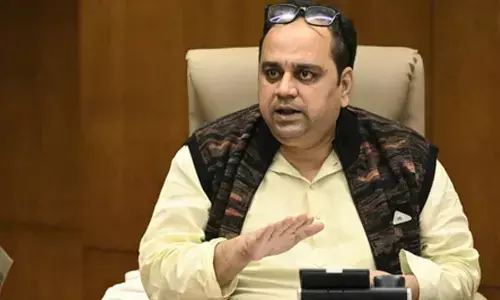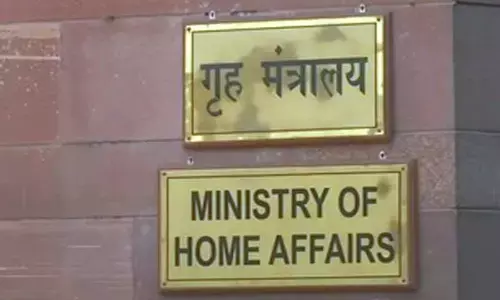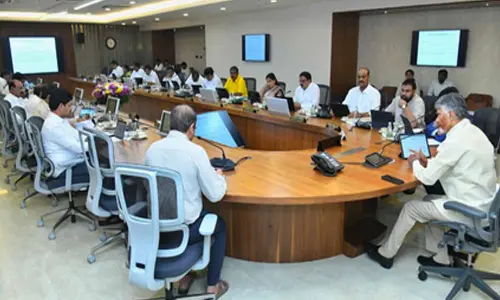Save every mother’s daughter

Indian culture and scriptures accord a high place to women in society. Yet, its society is infamous for atrocities on girls, including infanticide. It is due to a combination of socio-economic factors, more due to abject poverty.
Indian culture and scriptures accord a high place to women in society. Yet, its society is infamous for atrocities on girls, including infanticide. It is due to a combination of socio-economic factors, more due to abject poverty. Again, such practices are generally heard of in remote tribal areas and villages in dominant patriarchal societies. But the scourge seems to be creeping into urban areas.
The other day, a mother at a tribal thanda near Hyderabad had to resort to sale of the last of four girl children as they could not raise them. She recently had a male child. Consider this. The idea of even worshipping the Divine as the Eternal Mother is a trait unique to Indian culture.
Yet, Indian society longs to treat males as superiors and harbours hatred toward girls it starts right in the family. Innumerable and horrifying atrocities on girl-child are reported every day. But, the cry of anguish that one expects is either imperceptible or too feeble to take notice.
In one stirring article “Why is India so bad for women?” The Guardian notes that while India might not be the worst place for a woman on the planet its rape record isn't nearly as bad as the Democratic Republic of the Congo, for instance, where more than 4,00,000 women are raped each year.
Nearly 45% of Indian girls are married before the age of 18, says International Centre for Research on Women (2010); 56,000 maternal deaths were recorded in 2010 (UN Population Fund) and research from Unicef in 2012 found that 52% of adolescent girls (and 57% of adolescent boys) think it is justifiable for a man to beat his wife. So goes the article, shaming India.
No doubt, the girl-child is increasingly being seen as no burden and is being treated on a par with boys. Still, for those families experiencing pangs of hunger and poverty, a girl-child is dispensable–if social mores also weigh down on them. India ranks 127th out of 152 nations in the Gender Inequality Index of UNDP. In his June 2015 Mann ki Baath, the Prime Minister was concerned over low sex ratio and stressed on ‘Beti Bachao, Beti Padao.'
Though children constitute 37% of the population, the new Central budget speech does not even mention them. Besides, the Women and Child Welfare Ministry was allocated Rs 17, 408 crore, a nominal rise from Rs 17,352 crore in 2015-16. "You can tell the condition of a nation by looking at the status of its women," said the first prime minister Jawaharlal Nehru.
It’s time the Central and the state governments strove for protection, development, empowerment and gender equality of women. India can increase its 2025 GDP, estimated at $4.83 trillion, by 60% if it can usher in gender equality, says a McKinsey Global Institute report.
Woman injured in stabbing attack in Tokyo, suspect at large
Bengal cop booked for murder over mysterious death of woman home guard, SIT to probe case
Staffer recalls horror of 7-kg gold robbery by armed gang in Karnataka’s Hunsur
25-Year-Old Airline Cabin Crew Member Dies At Gurugram Party; Police Begin Investigation















